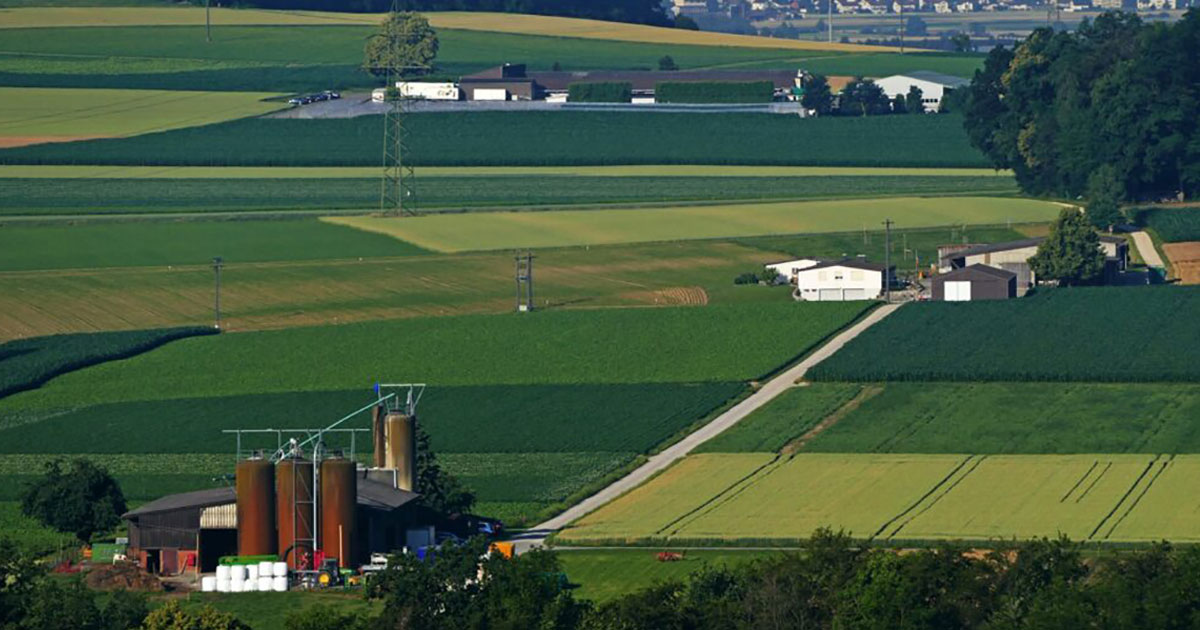
The Farmers’ Almanac: An Agricultural Forecasting Tool or Just a Load of Manure?

The Farmers’ Almanac. It’s a book you’ve probably seen in the cashier line at your local hardware or feed store, but have you ever put any thought into what is actually housed within those pages and if it’s fallacy or fact?
First published in 1818 and boasting a readership of 1.4 million with 700,000 copies in circulation, the almanac is probably best known for creating accurate long-range weather forecasts through a proprietary formula known only to one person who operates under the pseudonym, Caleb Weatherbee.
“The formula takes into consideration things like sunspot activity, tidal action of the Moon, the position of the planets, and a variety of other factors.” However, “accurate” may be a loose term. The Farmers’ Almanac claims an 80-85% accuracy but science shows it’s closer to 50% accuracy. According to Forbes.com, your local meteorologist can predict up to 90% accuracy on a 2-5 day forecast.
Besides weather forecasts, The Farmers’ Almanac has become a trusted source for their “Best Days” calendar. “According to Farmers’ Almanac tradition, when the Moon is in the appropriate phase and place in the zodiac, it’s widely believed that activities will be more fruitful or lead to improved results.
The period between the new and full Moon (first and second quarters) is considered as the best time to perform tasks that require strength, fertility and growth. The period between the full and new moon (third and fourth quarters) is best for harvesting, slowing growth, etc.
Consideration is also given to the relationship the Moon has with the 12 ruling signs of the zodiac.” Some of these “Best Days” activities include animal breeding, weaning, and castration – well, castrating may not qualify as a best day in anyone’s book, but the information is there!
“I grew up on a farm in Iowa and my dad swore by the weaning schedule of The Farmers’ Almanac for their cow/calf operation. If they didn’t follow it, oh boy, those babies would bellow for weeks!” – Duane Robison, realtor
It’s not just livestock producers who are benefiting by the Moon and zodiac relationship in The Farmers’ Almanac, but gardeners as well.
“I use it often for garden planting and when the optimal time to plant based on the Moon. It was pretty close with how variable Michigan weather has been this year.” – Sheri, Michigan
Gardening by the Moon is a concept that that has really taken root (pun completely intended) in modern culture even though it has been around for many millennia.
The thought process behind this strategy is to work with Mother Nature, instead of against it. “Water in both the ground and in plants are affected by the gravitational pull of the Sun and Moon, just like ocean tides are. Just as the tides are highest during the new and full phases of the Moon, this theory holds that seeds, too, will absorb the most water during these times.”

Planting according to when the most water and nutrition is needed for your crops has many gardeners reaping a bountiful harvest.
To recap, is The Farmers’ Almanac a load of rotten vegetables or a profound prophecy? Well, that depends on what information you want to glean from its pages.
Would I plan a wedding 8 months down the road based off their weather forecast? Probably not. Would I plant my garden around the phases of the Moon? Sure.
In the meantime, if I want to find an abundance of tips and tricks, I’ll check The Farmers’ Almanac website for advice such as how to keep squirrels out of my pumpkins – now THAT is information I’ve been dying to find out!
Interested to learn how Gate 39 Media can deliver agricultural marketing and custom ag tech solutions to elevate the experience of your agribusiness clients? Contact us or schedule time to chat with me, Kaitlin Vrsek – Agricultural Marketing Strategist:
—
BE SURE TO CHECK BACK AND FOLLOW OUR #WORKINGREMOTELY SERIES
You may also be interested in:
Editor’s Picks
Summer is here, and that means it’s BBQ season — a time for hot-off-the-grill favorites, refreshing sides, and sweet treats to finish it all off. But...


Connect with us to discover how we can help your business grow.
.jpg)

![What’s on Your Marketing Plate This BBQ Season? [Take the Quiz!]](https://www.gate39media.com/hubfs/Marketing%20BBQ.jpg)